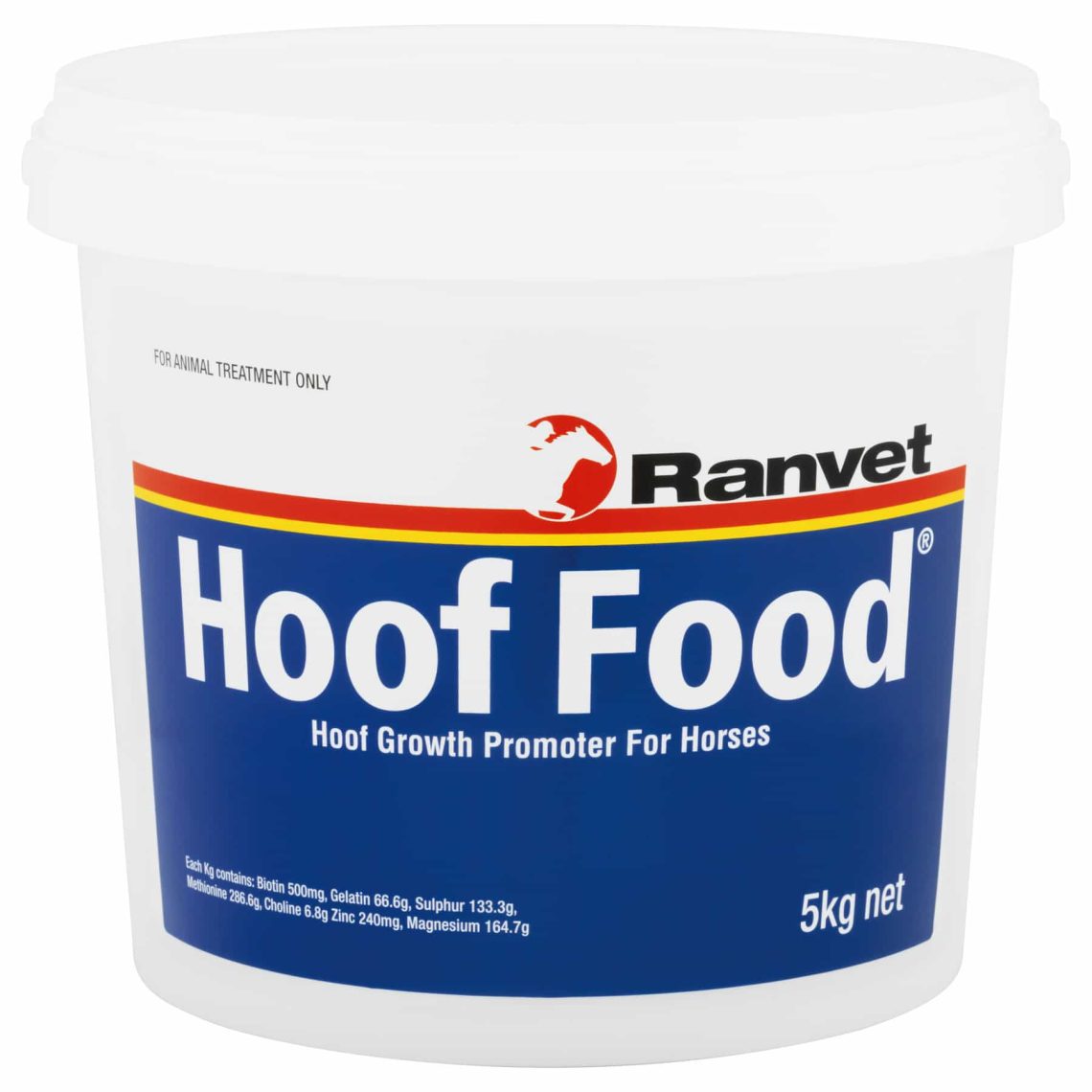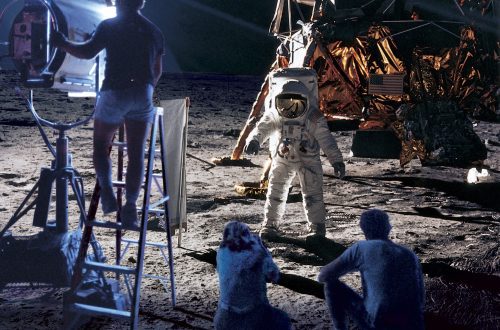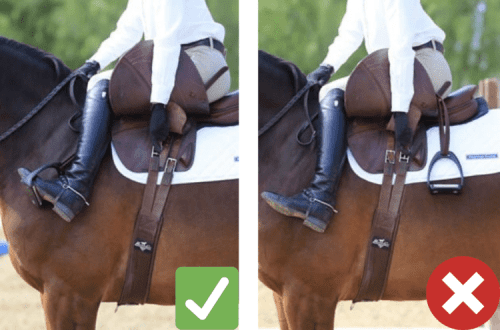
Hoof food
Hoof food
Contrary to the well-known folk wisdom “No hooves – no horse”, the horse’s body supplies hooves (just like wool, mane and tail) according to the residual principle, believing that, first of all, it is necessary to provide nutrients to more vital organs: heart, brain, kidneys with a liver, etc. It is good when the nutrients received by the horse from the diet are enough for everything. If not, the hooves are among the first to suffer!
90% of the dry matter of the hoof horn is protein, namely keratin. Like any other protein, keratin is made up of amino acids. The main amino acids of keratin are alanine, glycine and cysteine. Alanine and glycine are not indispensable and are quite easily synthesized by the body in the presence of vitamin B6. Cysteine is a sulfur-containing amino acid derived from the essential sulfur-containing amino acid methionine. The term “essential” means that this amino acid cannot be synthesized from “improvised materials” and must come from food.
Fortunately, methionine is present in varying amounts in all proteins in the horse’s diet, but a small deficiency, or a deficiency in general, can negatively affect the growth and quality of the hoof horn.
The outer layer of the hoof horn contains a large amount of fat, which prevents penetration into the hoof wall. excess moisture from the environment, as well as the evaporation of moisture from the inside. Fats are what give a healthy hoof wall a shiny and smooth appearance. And although, as a rule, a horse does not lack its own fats, their composition is important. This is not to say that the exact needs of horses for different types of fats are thoroughly studied, so it is best to stick to “nature’s recipes”. The natural diet for any horse is grass, containing polyunsaturated fatty acids Omega-3 and Omega 6 in a ratio of 4:1 to 6:1 (Yes! Again!). Hay-fed horses don’t get about half the Omegas that horses on pasture get!
The influence of the mineral composition of the diet is much better studied in the hooves of cows than horses. But analogies nevertheless exist. For example, calcium is needed to convert epithelial cells into keratinocytes that form the hoof wall. It is known that in both cows and mares in the initial stage of lactation on the hooves sometimes rings form when a lot of calcium goes into milk.
In the tissues of the hoof, zinc is present in large quantities, which is responsible for several functions at once, in particular for cell division and their transformation into keratinocytes. The lack of zinc in the diet leads to such consequences as: slow growth of the hoof horn; thin walls; weak, brittle horn and poor connections between hoof structures.
A hoof that is weak at the cellular and structural level is much more susceptible to a variety of infections, fungi and attacks from other organisms. Among other things, zinc and copper are part of the antioxidant system present in hoof tissues, which should protect fats and oils present in the hoof horn from oxidation. Oxidation of fats weakens the protective layer of the hoof, causes excessive dryness and breaks down the bonds between cells.
Copper is also associated with enzymes that provide aerobic metabolism within the hoof, necessary for rapid cell division, and activates enzymes that form sulfur-containing bonds between keratin fibers.
In cows, copper and zinc deficiency has been associated with cracked hooves, sole hemorrhages, abscesses, frog rot, and even laminitis. Do copper and zinc deficiencies cause the same problems in horses? Maybe not, but is it worth checking?
Selenium in high doses has traditionally been associated with toxicity, including hoof problems, but it is also involved in antioxidant systems that protect fats. For the same reason, vitamin E is important for hooves.
Vitamin A is rarely deficient in horses, however, deficiency can slow hoof growth.
All B vitamins are somehow connected with the metabolism of proteins, carbohydrates and fats, therefore they cannot but play an important role in the tissues of the hoof. Biotin has received the most attention and research on hooves. Biotin directly stimulates the differentiation of epithelial cells and thus affects the growth and quality of the hoof horn.
It has been observed, again in studies done on cows, that too much grain in the diet acidifies the rumen environment and reduces the ability of the microflora to synthesize biotin. In horses, the B vitamins (including biotin) are synthesized by microflora in the hindgut, and it’s possible that eating too many grains causes the same problem.
Summarizing, the main thing that makes sense to pay attention to in case of problems with hooves, This is:
- protein in general;
- sulfur-containing amino acids (methionine, cysteine);
- essential polyunsaturated fatty acids Omega-3 and Omega-6;
- calcium;
- balance of trace elements, in particular – copper and zinc;
- selenium and vitamin E;
- biotin and other B vitamins (especially on diets high in grains).
Ekaterina Lomeiko (Sara).
Questions and comments regarding this article can be left in блоге the author.





